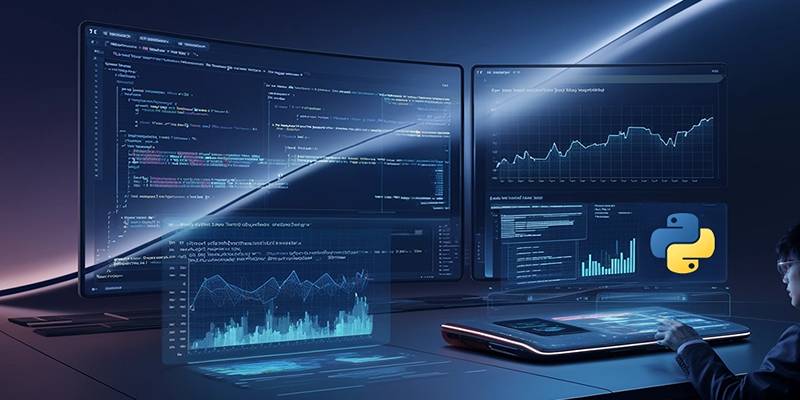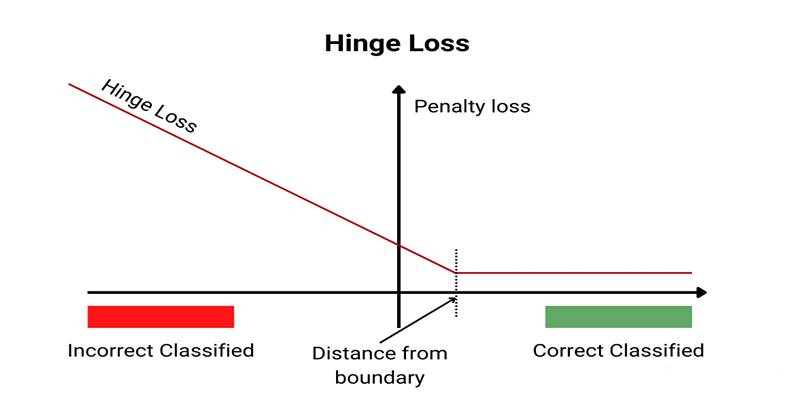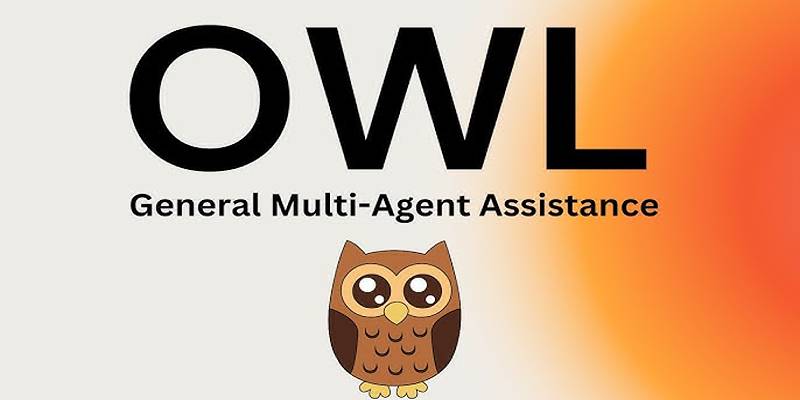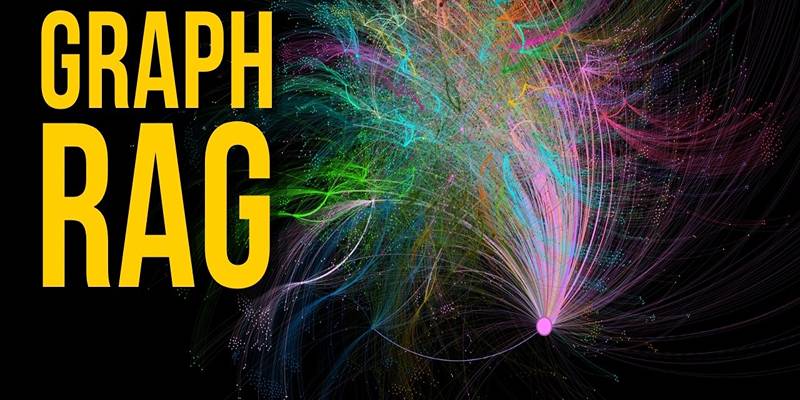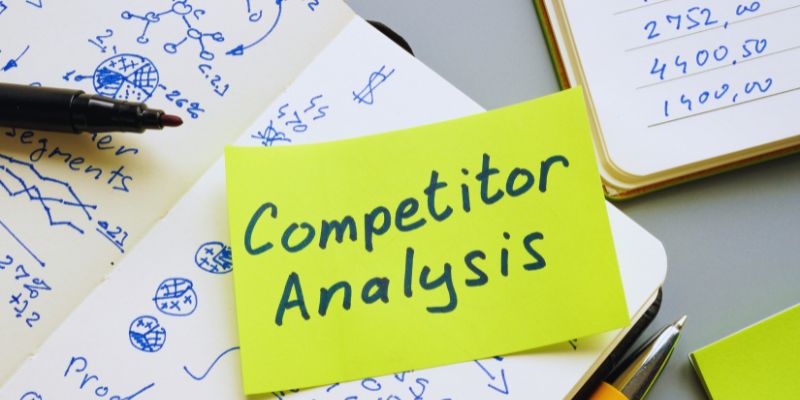Student retention is a major concern for universities globally, with high dropout rates affecting both institutions and students. To address this, many universities are turning to artificial intelligence (AI) to enhance student support. AI enables personalized learning experiences, early identification of at-risk students, and targeted interventions that help maintain engagement and success.
Unlike traditional methods, AI uses data-driven insights and proactive strategies to meet students' needs in real-time. As AI continues to evolve, its impact on improving student retention and academic outcomes is growing, offering new possibilities for higher education institutions to foster student success.
Personalized Learning Experiences
One of the most important ways that AI is enhancing retention is by encouraging personalization. University classrooms have traditionally operated on a one-size-fits-all basis. Still, that model tends to leave gaps—some students get left behind, others tune out, and many don't receive the support they require when they require it.
With AI, that equation changes completely. AI-driven platforms sort through information from student activity—grades, study habits, even how frequently they access course material—and translate it into personalized learning paths. Let's say a student is having trouble with a particular subject. The system sees it. It then encourages the student to access additional resources, provides guided practice, or links them to academic support services—all without hesitation.
This individualized assistance enhances understanding and increases confidence. Confidence, particularly in educational settings, is a strong antidote to discouragement and dropout.
AI also controls the speed of learning. Some students learn quickly through materials; others do not. The system identifies both and adjusts so that no one gets left behind or held back. It provides a climate where students are noticed, cared for, and able—key ingredients for engagement and enrollment.
As more institutions adopt these technologies, the traditional lecture hall is giving way to a more responsive, student-centered model—one where every learner's path is uniquely shaped to fit them. For universities, that means not only higher retention rates but also a generation of students who feel better equipped, more connected, and ready to succeed.
Early Identification of At-Risk Students
Another key way universities use AI to improve student retention is by identifying at-risk students early in their academic careers. Early identification of students who may be struggling academically, socially, or emotionally is critical for intervening before problems become more serious.
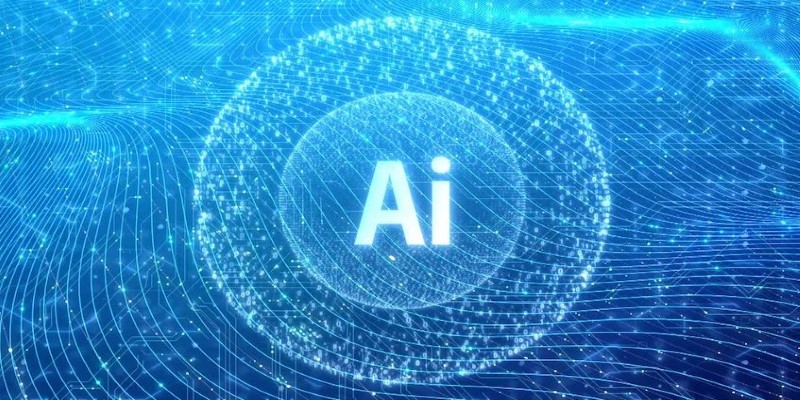
AI can analyze a wide range of student data, including attendance, grades, participation in class, and even social interactions on campus. By looking for patterns in this data, AI algorithms can predict which students are more likely to face challenges that could lead to dropping out. For example, if a student’s grades suddenly decline or if they stop attending classes, the AI system can flag these behaviors as potential warning signs.
Once a student is identified as being at risk, universities can take proactive measures to offer support. This could include personalized academic advising, counseling services, or connecting the student with peer mentors. By addressing issues before they escalate, universities can increase the chances that students will remain enrolled and complete their studies.
The ability to identify at-risk students early also allows universities to allocate resources more effectively. Instead of waiting until a student drops out or fails a course, AI can ensure that interventions are timely and appropriate, which can significantly improve retention rates.
Targeted Interventions and Support Services
In addition to identifying at-risk students, AI enables universities to offer targeted interventions and support services that are specific to each student’s needs. Traditional support services often provide generalized help, but AI allows for a more tailored approach that takes into account individual circumstances.
For example, AI-powered platforms can match students with tutors, academic coaches, or counselors who are best suited to assist them based on their learning styles, academic goals, and challenges. This personalized support helps students feel more connected to the university community and more equipped to handle the demands of their coursework.
Furthermore, AI can be used to provide ongoing feedback to students throughout their studies. By offering real-time insights into their progress, AI helps students stay on track and feel more confident in their abilities. It can also remind students of upcoming deadlines, exams, or assignments, which helps them stay organized and avoid falling behind.
This kind of targeted support helps students feel more engaged and less isolated, which is a key factor in improving retention. When students know that there are resources available to help them succeed, they are more likely to stay committed to their education and persevere through challenges.
Streamlining Administrative Processes
AI is also helping universities streamline administrative processes, which can significantly impact student retention. Many students drop out of university due to financial difficulties or bureaucratic hurdles, such as delays in financial aid, registration issues, or difficulties navigating the campus system. AI can automate and simplify many of these processes, making it easier for students to focus on their studies instead of dealing with administrative challenges.
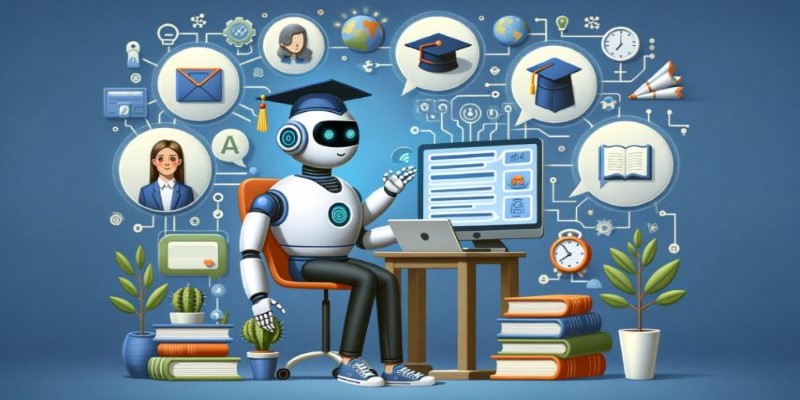
For instance, AI-driven chatbots can assist students with common administrative tasks, such as registering for classes, checking their financial aid status, or updating personal information. These chatbots can provide instant responses to students’ inquiries, saving time and reducing frustration. By making administrative processes more efficient and accessible, universities can remove some of the barriers that may contribute to student attrition.
Moreover, AI can help universities optimize resource allocation, ensuring that students have access to the support and services they need when they need them. By analyzing patterns in student behavior, AI can predict which services or departments may experience high demand at certain times and adjust accordingly. This ensures that students have timely access to the resources that will help them succeed.
Conclusion
AI is revolutionizing student retention by offering personalized learning experiences, early identification of at-risk students, and targeted support. By leveraging AI, universities can address student needs proactively, creating a more supportive and engaging environment that reduces dropout rates. As AI technology evolves, its potential to enhance academic success and retention will only grow. Ultimately, AI helps universities foster a student-centered approach, ensuring greater academic achievement and long-term success for students.
